The Japanese food culture is known for its great ingredients and recipes. But, if you want to cook Japanese delicacies at home, you will need some alternatives to the usual ingredients.
Doing so can be a bit challenging until you learn about substitutions and Hondashi substitutes.
However, this does not mean that you cannot have your yummy Japanese meals without them. You just need some different alternatives so that you can still enjoy your favorite dishes with all those umami flavors you crave.
Some substitutes for Hondashi include white fish, dried shiitake mushrooms, Shio Kombu, and more.
What is Hondashi and What is it Made of?
Hondashi is a granulated stock powder similar to the popular bouillon cubes in the US.
These savory granules dissolve in water and instantly create a Dashi soup stock for any authentic Japanese recipe.
This Dashi powder is the name brand from Ajinomoto where they carefully selected three types of bonito flakes and combined them with:
- Salt
- Sugars
- Bonito powder
- Bonito extract
- Yeast extract
- Fermenting starches (monosodium glutamate)
What is Hondashi Used For?
Hondashi is used whenever your recipe requires Dashi. Hondashi is simply a name brand from Ajinomoto.
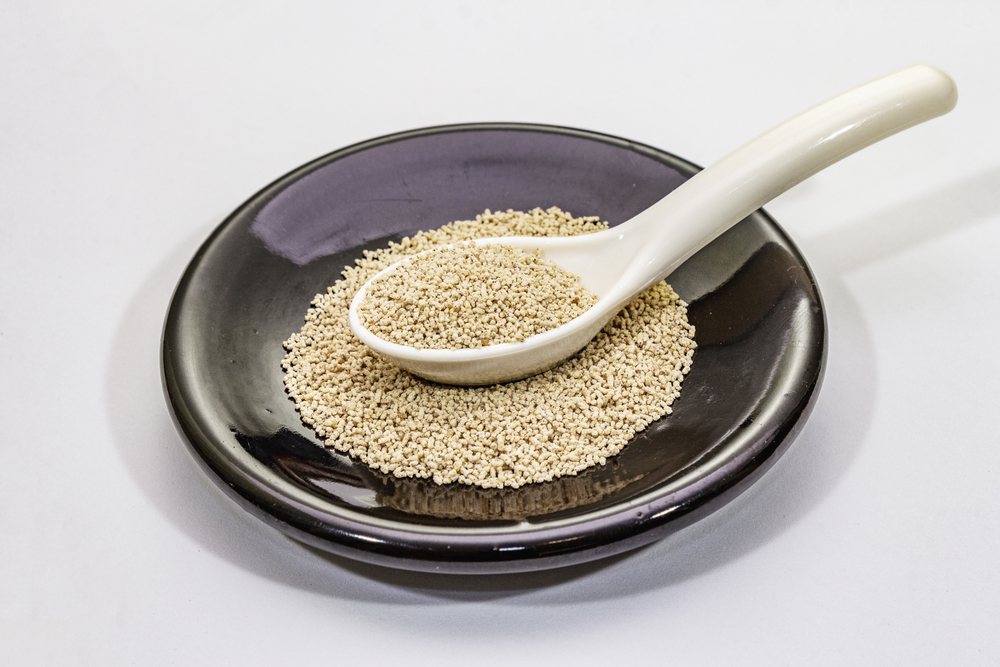
Dashi is used to add that highly sought after umami flavor profile.
Hondashi is used as a base for numerous Japanese recipes, whether as a stock for soups and noodles, a flour seasoning or sprinkled on meats and other foods.
What is the Difference Between Dashi and Hondashi?
Hondashi is simply the name-brand dashi powder made by Ajinomoto. This is a katsuobushi-based dashi.
Dashi refers to a unique set of broths made from steeping ingredients in warm and/or cold water. Dashi can be vegan, made with kombu or shiitake, or it can be made with katsuobushi (bonito flakes like hondashi), dried sardines, dried scallops, dried shrimp, toasted soybeans, and adzuki beans.
What Can You Replace Hondashi With?
1. White Fish
When the flavor is the most crucial factor in Hondashi, you need to consider that flavor profile when choosing a substitute.
Bonito is fish flakes, so why not substitute a fish flavor with fish?
Bonito is part of the white fish family, so you’ll want to choose another mild white fish flavor to substitute for Hondashi.
Bonito has a very mild flavor in the fish department, so you don’t want to choose an oily fish that will overpower the other flavors in your dish.
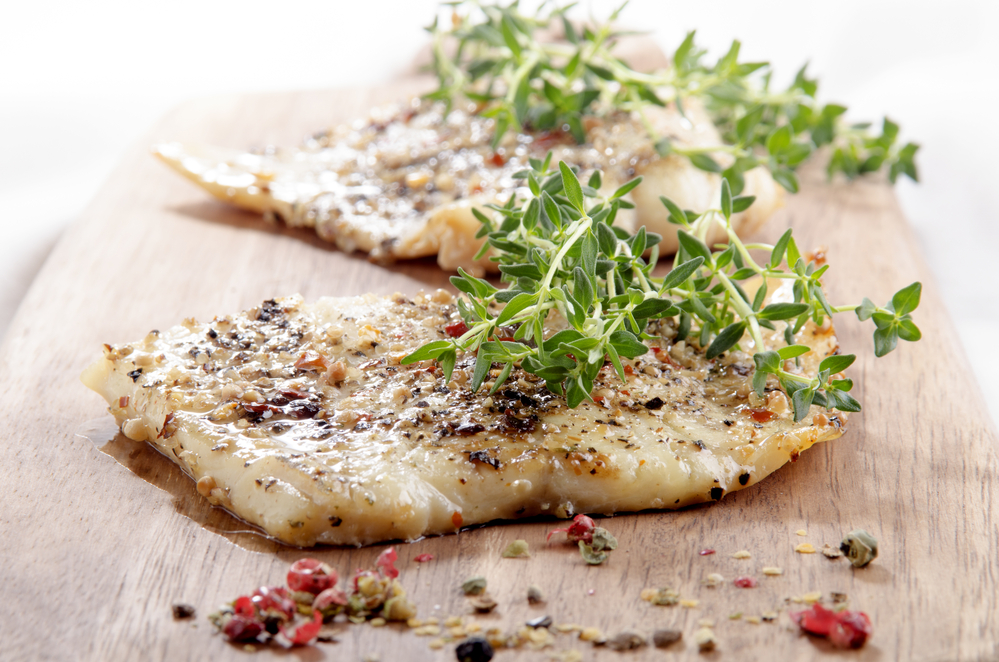
Some possibilities would be catfish, bass, cod, halibut, haddock, and snapper.
Even though Bonito flakes are made from skipjack tuna, you don’t want to replace Hondashi with tuna or mackerel. Those fish have far too intense a flavor to serve as a Hondashi substitute.
2. Monosodium Glutamate (MSG)
This flavorless salt still adds all those umami flavors. Doesn’t make sense, does it?
Designed in the 1990s, MSG is a lab-created salt made by isolating the glutamic acid compounds in seaweed.
If you need an immediate alternative to hondashi and can’t find dashi, bonito, or kombu locally (not unusual), then MSG is an option.
You can add those umami-inducing salts without excessive flavor.
Be careful how much you use. Too much is not only known to cause more chemical flavors rather than umami and has been shown to have nasty side effects in some people.
3. Dried Shiitake Mushrooms
A great hondashi substitute for vegans and vegetarians, dried shiitake mushrooms provide all the umami flavors without animal products.
The best way to create the fullest flavored shiitake stock is to take the dried mushrooms and soak them in the fridge.
If you don’t have the time for a slow soak, then simmer them for 10 to 30 minutes for a faster stock, but with slightly less umami flavor.
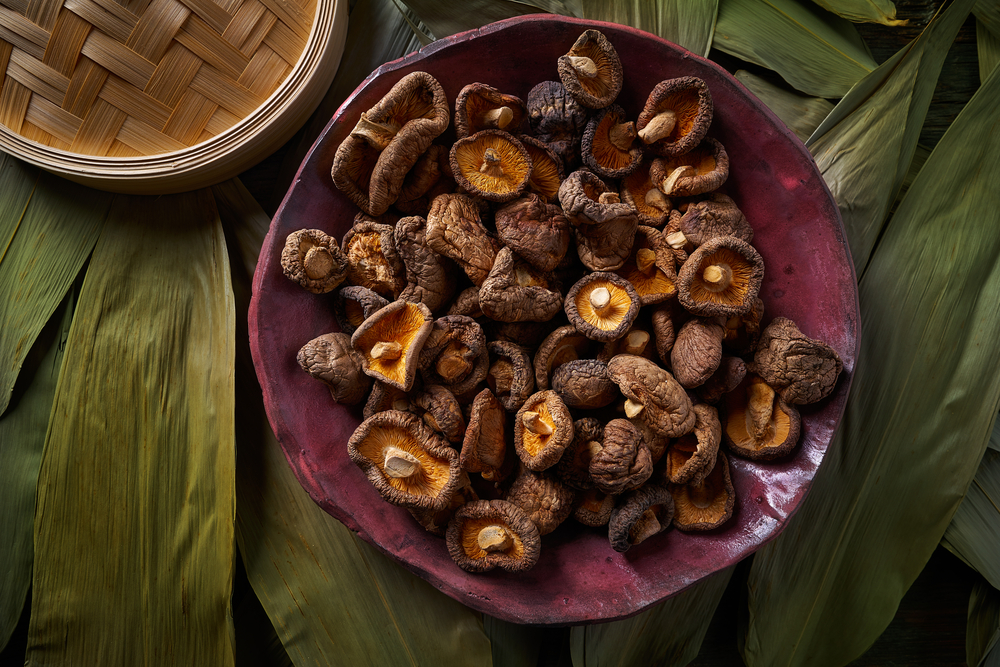
Stick those mushrooms in a plastic bag in the freezer when you’re done. Why? Because unlike many of the other items on this list, you can reuse these mushrooms up to 10 times to make your favorite vegan dashi broth!
4. Shio Kombu
Keeping with the vegan and vegetarian trend, there’s always Kombu. This seaweed favorite holds those umami flavors throughout the drying process.
Kombu is actually the key ingredient in some Dashi recipes.
Soak your dried kombu in water (no heat) for 30 minutes. Purists believe you can overcook and ruin a dish very easily with kombu. After these 30 minutes of soaking, only boil your Kombu for 10 minutes. Add more water if you need more stock.
Shio Kombu is a processed Kombu product that’s much easier to track down compared to regular Kombu.
Shio Kombu is quite salty, so take that into account when adding your other ingredients.
5. Shellfish
Probably the best option next to white fish when choosing a Hondashi substitute would be shellfish.
Prawns or shrimp will add those seafood flavors without the fish.
Simply saute and boil in your shellfish with your other aromatics like white wine, tomato paste, thyme, and black pepper to achieve that dashi intensity on your tongue.
The one downside to shellfish scraps compared to fish is that they take much longer to extract the flavors into the broth.
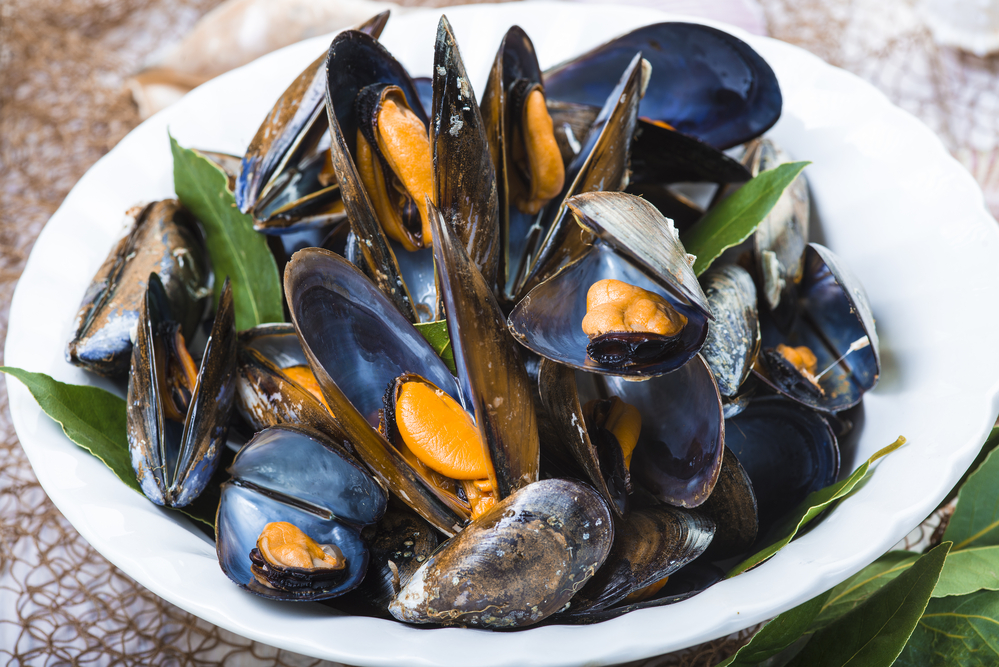
6. Dried Bonito Shavings
One of the main ingredients in Hondashi? Bonito flakes.
If you’re looking to replace those flavors in your broth why not make your own bonito flake broth?
A popular topping and flavor additive, bonito flakes are made from intensely dried skipjack tuna that are then planed into fine shavings.
Soak these fish shavings in water or sprinkle them on top of your favorite dishes to get those umami flavors provided by Hondashi powder.
7. Mentsuyu
This liquid soup base is a great substitute for Hondashi specifically because it contains dashi stock.
This is a popular base flavor for noodle soups like soba, udon, and somen. Some even use it for ramen.
You can use it in more than just noodle soups. It works great with other soups, stews, and even meaty dishes. This pairs best with dishes based in soy sauce rather than others like miso.
8. Chicken Broth
The probability of you being able to track down chicken stock at your local supermarkets is pretty good.
The probability of already having chicken stock in your pantry is still better than tracking down Hondashi in many locations.
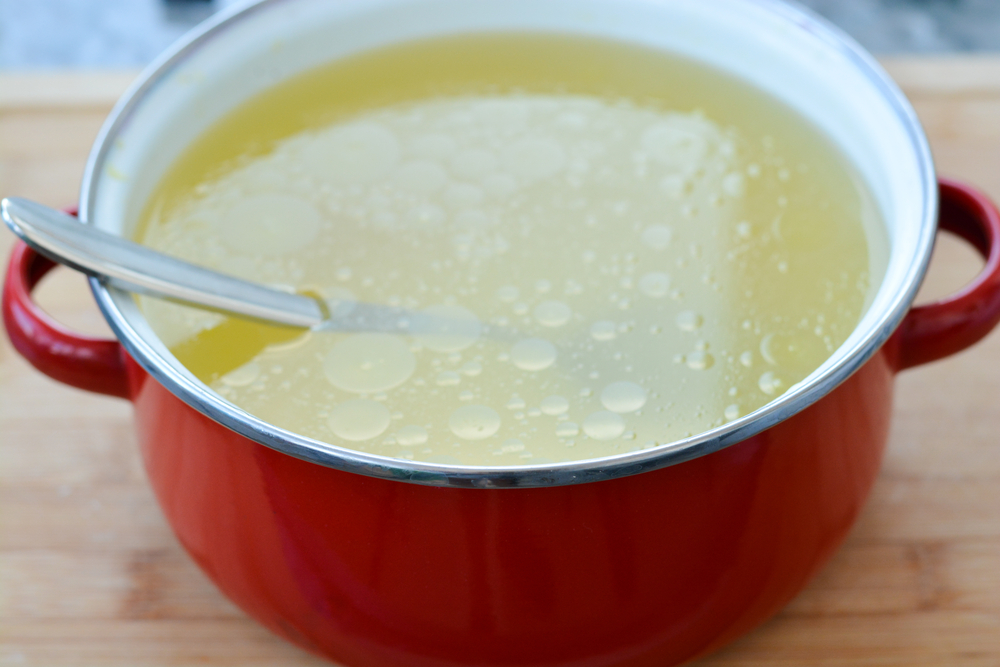
This availability is what makes chicken broth an excellent Hondashi substitute.
While it won’t provide you with those oceanic flavors that come with Hondashi, you’ll still be able to trigger the umami taste buds just fine.
While chicken stock is light enough to serve as a replacement, beef stock and broth are not viable alternatives. The strong flavors from the beef will quickly overpower the other subtle flavors that contribute to the wealth of dashi.
9. Soy Sauce
Easy to find and full of flavor, soy sauce is a decent hondashi substitute in some recipes.
If you can ignore the brown color and slight flavor difference then you can achieve those umami flavors in many dishes.
Dashi is commonly combined with soy sauce in many dishes anyway.
10. Homemade Hondashi
Make your own broth with any of the above ingredients!
There are many recipes out there for making your own Hondashi broth.
If you can get your hands on bonito flakes or perhaps would like vegan dashi, it’s incredibly simple to make your own dashi broth. If you have the time and ingredients, give it a shot.
Vegan dashi requires kombu and shiitakes only, while other dashi recipes combine fish or other protein with aromatic herbs to achieve the perfect flavor profile.
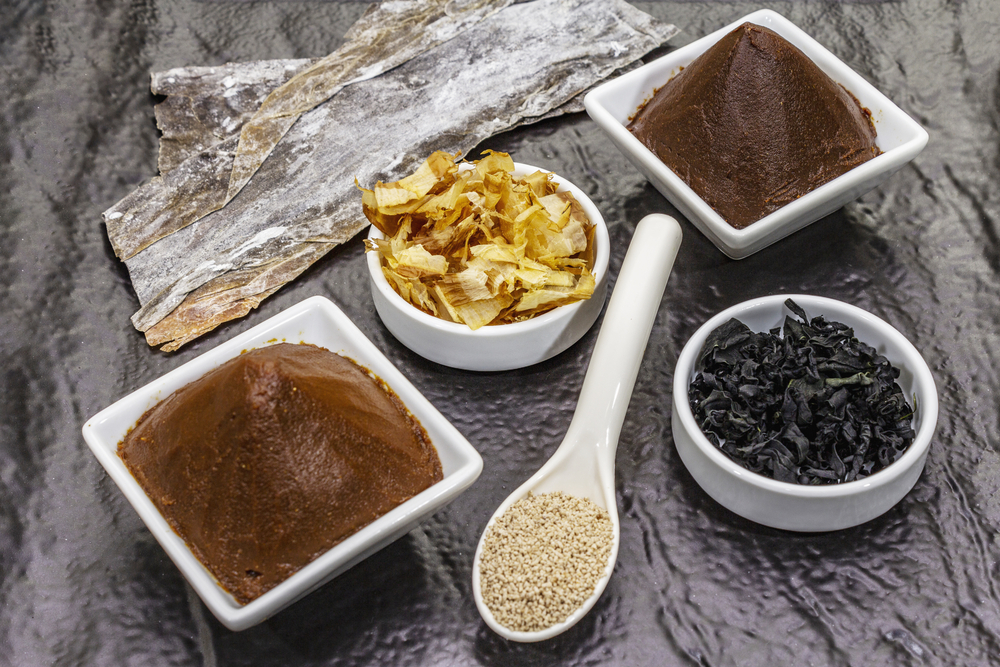
11. Powdered or Cubed Broth
As Hondashi is simply a powdered broth product, then it would be appropriate to replace it with the same.
There are many varieties of powdered and cubed broth products available, you might have a hard time settling on which one.
While chicken, fish, and shrimp varieties are perfect Hondashi substitutes, avoid beef and pork powders. The stronger flavors of beef and pork are not conducive to good Dashi.
When making Dashi, you always want to add more water to these incredibly flavorful powders than they call for. Add a little at a time and check until you get the strength you like.
Frequently Asked Questions
Can you drink Dashi stock?
Yes. High-quality dashi powder especially makes an excellent tea-like drink.
Does Dashi powder go bad?
It can and it depends. Dried ingredients like katsuobushi and kombu have near-indefinite shelf lives due to the processing. Once you add water, however, you introduce bacteria and shorten the shelf-life significantly.
Dashi can be stored in the freezer indefinitely.
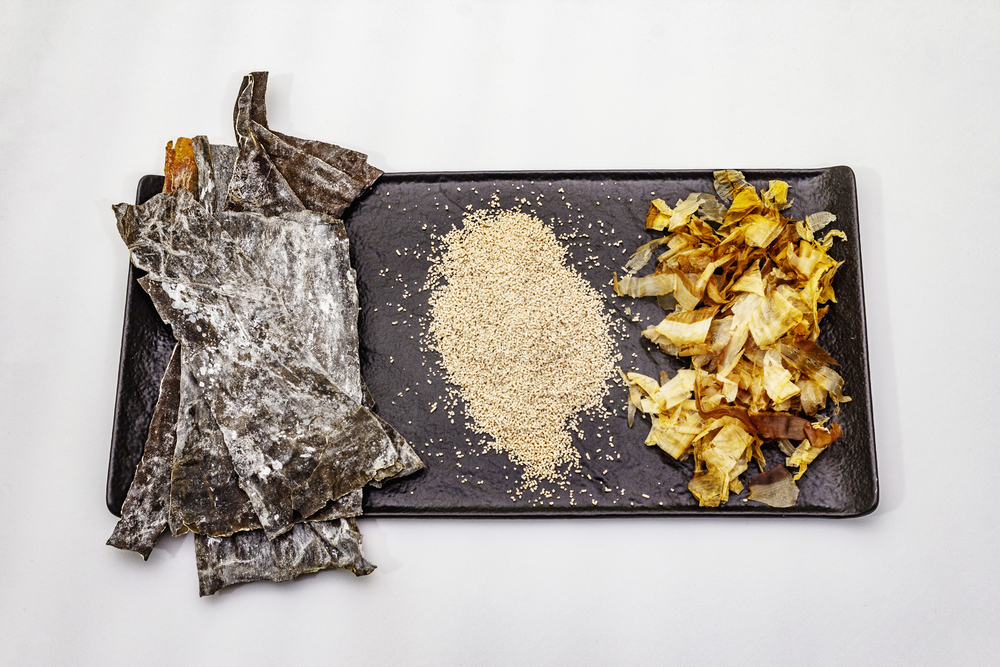
How long does it take to make Dashi?
Powdered dashi takes minutes.
If you’re making homemade dashi, you’re looking at 2-3 hours in the summertime and 4-5 hours in the winter.
Final Thoughts
With its umami flavors, Hondashi is a great substitute for the fish stock you typically use in your soups and stews.
However, unlike with fish stocks, there are other factors to take into account when determining a good Hondashi substitute.
First and foremost, we need a good base for the umami flavors to shine through. For that, you can use Kombu or shiitake mushroom stock.
Second, we need to take taste into account. While bonito flakes are the primary ingredient in Hondashi, you still want to consider how the dish will taste without them.
Finally, you can make up for the lack of fishiness by using shiitake mushroom stock or kombu stock. These two alternatives will make up for any fish flavor in your dish.
